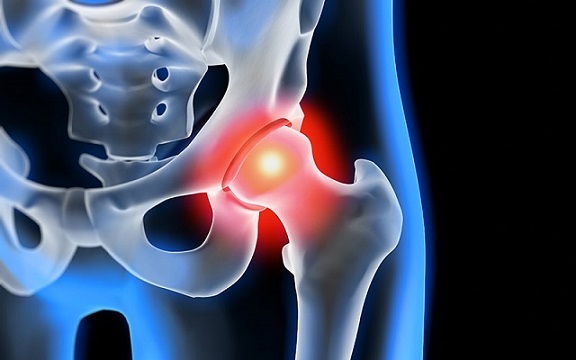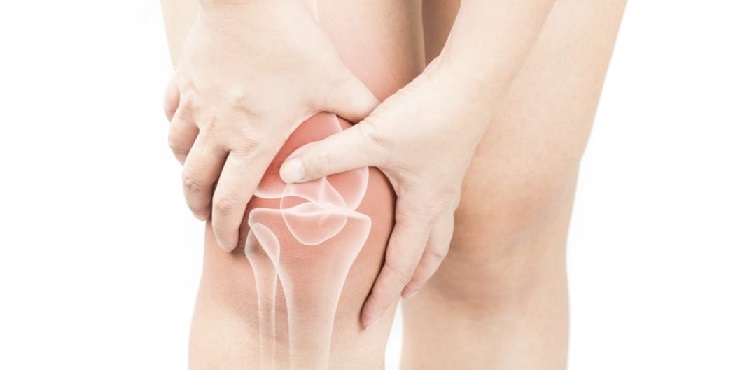Elizabeth Hofheinz, M.P.H., M.Ed.
Citing a dearth of data on the incidence of femoroacetabular impingement (FAI) in patients with hip pain, researchers from Mayo Clinic, Rochester, Minnesota and The First Affiliated Hospital of Soochow University in Suzhou, China, set out to rectify that. Their work, “Incidence of Femoroacetabular Impingement and Surgical Management Trends Over Time,” appears in the January 1, 2021 edition of The Journal of Sports Medicine.
Co-author Aaron Krych, M.D., an orthopedic surgeon at Mayo Clinic, told OSN, “A couple of years ago, our clinical research team noticed that the number of patients presenting to clinic with hip pain was increasing. We noticed that many of these patients had structural hip deformities consistent with femoroacetabular impingement (FAI). Over the last 15-20 years the utilization of hip arthroscopy has only increased across the world, and this has certainly been the case at Mayo Clinic as well. As we investigated the literature, we realized that there was a lack of high-quality data defining the incidence of FAI and surgical trends over time.”
Studying what is not fully comprehended
Asked why we know so little about this topic, Dr. Krych stated, “This is a very tough topic to study. Femoroacetabular impingement is a relatively new discovery as it was first described by Dr. Ganz in 1999. Over the past 20 years, clinician understanding of the pathology and the criteria necessary for diagnosis has increased but many still lack a complete understanding. In addition, in order to truly define the population-based incidence of a pathology a researcher needs access to a defined geographic population. We are fortunate to have access to the Rochester Epidemiology Project which links the medical records of all Olmsted County, Minnesota residents, regardless of where they receive their healthcare. This provided us the unique ability to study over 1,800 Olmsted County residents who presented to their physician with hip pain during a 16-year period and determine whether they met the criteria for FAI diagnosis.”
The research team looked at individuals between the ages of 14 and 50 experiencing hip pain between 2000 and 2016.
Females: higher incidence of FAI
“Of the 1,893 patients studied, 813 hips of 716 patients had a triad of symptoms, clinical signs, and imaging findings required for diagnosis of FAI,” said Dr. Krych. “The overall population-based incidence of FAI was 54.4 per 100,000 person-years. It was higher in females (73.2) than males (36.1). During the years of 2000-2016 the incidence consistently increased. We suspect that the increase was primarily related to the increased recognition of the pathology during this period of time. During this period of time the utilization of joint preservation procedures, such as hip arthroscopy, increased significantly.”
“Our hope is that this study helps increase the awareness of this important pathology. We meet many patients with FAI who have spent months or even years being told that there is no clear diagnosis for the cause of their hip pain. Certainly, not all patients with hip pain have FAI but many of them do and this research provides data points for clinicians to understand how many patients with FAI may be expected to show up in their clinic.”








